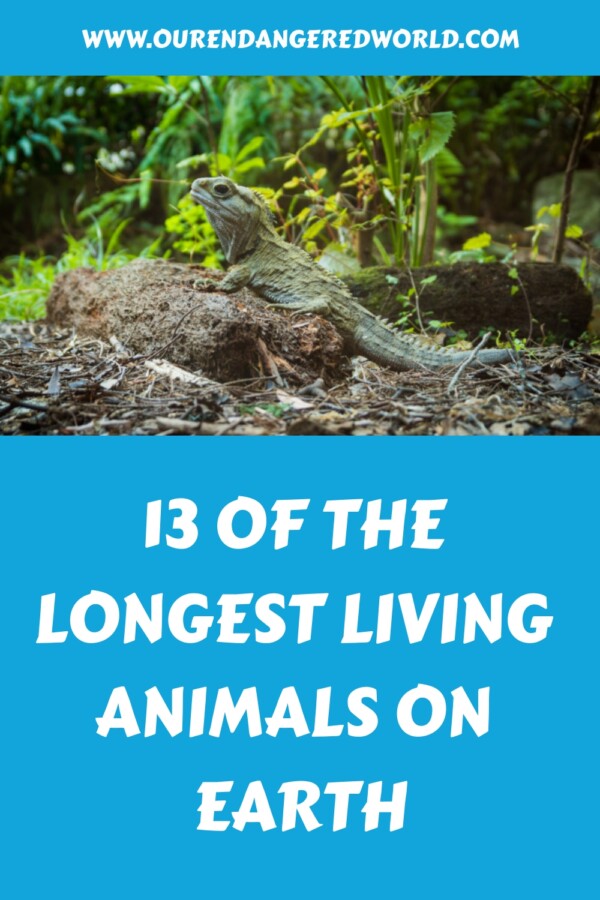Explore the oldest animal – kingdom and its longest-living species that have adapted unique traits to defy age for centuries. Discover ancient reptiles and deep-sea dwellers whose lifespans extend to thousands of years! Uncover their secrets on an exciting journey that will showcase the phenomenon behind these extraordinary animals’ longevity.
Ever wonder why some animals live longer than others? Below we’ll cover a variety of species and the average lifespan so you can understand how other animals live longer than others.
The Longest Living Animals in the World
1. Tuatara

The Tuatara, a unique lizard-like reptile native to New Zealand that existed since the Triassic period, when ocean floors were vastly different, has one of the most extended life spans among animals. Genome sequencing analysis shows that this particular species is endowed with more genes related to longevity than other vertebrates—making them very interesting for human aging genomic research purposes.
Henry’s mating at 111 years old proves their distinctive life cycle compared to Hanako, a koi fish reaching 226 years in age. This made the Tuataras join up as among some of Earth’s most incredible living creatures outlasting many others from regions like South America or ones who inhabit underwater environments around oceans across the globe.
2. Seychelles giant tortoise: 190+ years old

Giant tortoises from Seychelles are renowned for their incredibly long life expectancy, which is known to exceed 190 years. The most elderly living terrestrial animal recognized till now is Jonathan, an Aldabra giant tortoise, who has reached the impressive age of 183 years. This remarkable longevity increases even more when put side by side with Galapagos’ giant tortoise, whose documented age reaches 255 yrs.
Body size plays a significant role in deciding how long other animals can live. Some species, such as immortal jellyfish, possess amazing abilities to exist perpetually. In contrast, decreased body temperature tends to equate to extended lifespans seen among particular creatures like Wisdom, the oldest extinct wild bird, which is one example of that fact.
The undeniable capability demonstrated by Seychelles’ giant tortoises living beyond the 190s implies resilience and flexibility regarding conforming to their surroundings.
See Related: Loggerhead Sea Turtle: Why Is It Endangered?
3. Red sea urchins: 200 years old

Red sea urchins are widely found in the Pacific Ocean along the West Coast of North America and Japan, where they can live for an impressive 200 years. This makes them one of the longest-living vertebrates on Earth.
Their remarkable capacity to reproduce without any signs or symptoms associated with aging is a subject worthy of study as scientists also look into increasing human lifespan. To estimate age, radiocarbon dating is used, which works by measuring carbon-14 levels. This method helps researchers better understand why these creatures have great longevity despite inhabiting deep ocean depths.
4. Bowhead whale: potentially 200+ years old

Bowhead whales, which inhabit the cold waters of the North Atlantic and Pacific oceans, are arguably among the longest-living mammals on our planet. An average lifespan for them is said to be over 200 years as a result of genetic mutations that prevent cancer formation while slowing down their aging process.
One individual was even reported to have lived up to 211 years! At 60 feet long (just shy of 19 meters), these giants possess ERCC1 gene alterations with an extra copy in their PCNA genes, both traits known for shielding against ill health while making aging more gradual.
Age estimation techniques involve examining old harpoon fragments caught from whale blubber or analyzing DNA material. Contrasting this with what scientists call immortal jellyfish, whose feeding method differs from bowheads’ baleen plates use filtering plankton from different levels within either oceanic surfaces or depths around them. Bowhead whales are one of the most majestic animals that live long longer than 100 years old.
See Related: Fun, Interesting Facts About Whales
5. Rougheye rockfish: 200+ years old

Rougheye rockfish, which can weigh up to seven kilograms and are among the longest-living vertebrates, have been seen in the Pacific and Atlantic seas with a dynamic red coloration that fades after death.
These fascinating deep-sea fish reside from California to Japan, where they feed on a range of other creatures like shrimp or smaller fish. Their longevity makes them an ideal research subject for human aging genomic resources as it displays their remarkable resilience allowing them to live over two centuries.
6. Freshwater pearl mussel: 250+ years old
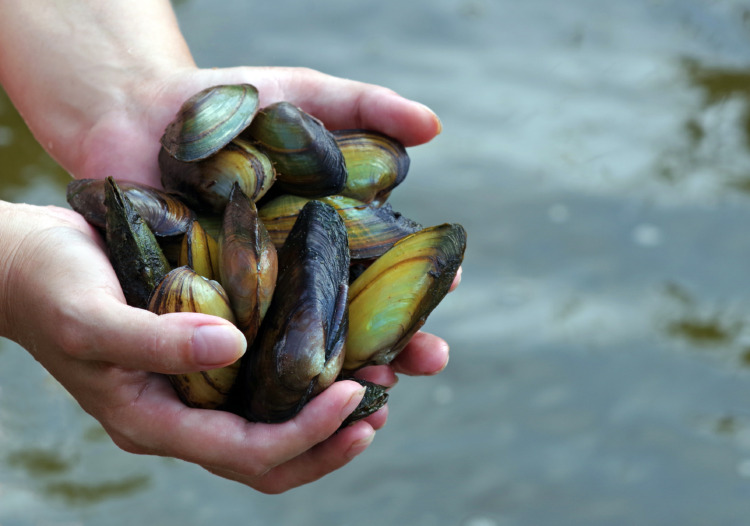
Freshwater pearl mussels are renowned for their tremendous longevity (over 250 years in many cases), and these mollusks have become one of the longest-living creatures to inhabit freshwater ecosystems. They also offer a fantastic example as bioindicators, providing valuable insights into aquatic species’ life cycles.
Unfortunately, due to human impacts such as pollution and the destruction of river environments around South America, populations have decreased significantly in some areas outside this continent. This emphasizes the importance of preserving and safeguarding these unique animals with extended lifespans so future generations can benefit from studying or appreciating them.
7. Greenland shark: 272+ years old

The Greenland shark is a remarkable creature, as evidenced by its impressive longevity: it has been estimated to be up to 272 years old, making them the longest-living vertebrate on Earth. Found in North Atlantic and Arctic oceans, far away from South American waters, these slow-moving animals can grow up to 14 feet long. Their diets consist of fish and other marine mammals like seals that they feed on at depths between 4,000 – 7,000 feet in the deep ocean.
Due to many species ‘ precarious conditions, their conservation status is currently classified as Near Threatened. Radiocarbon dating techniques help scientists determine how old an individual may be when studying these amazing creatures that live longer than any other animal on Earth!
See Related: Types of Sharks Around the World
8. Tubeworm: 300+ years old

Tubeworms, found mainly in the deep sea and known to live up to 300 years, are amazing creatures that have made their homes around the ocean floor. Their long lives can be attributed to this stable environment with few predators resulting in low mortality rates.
These remarkable animals also possess an incredible regenerative capacity allowing them potentially immortal abilities making them highly unique within the animal kingdom.
The Lamellibrachia Tube Worm is perhaps one of the most notable examples, reaching lengths over 6 feet from its symbiotic relationship with bacteria near abyssal depths. They genuinely stand apart from any other species on Earth! With a fascinatingly long lifespan, tubeworms remain among nature’s marvelously enduring creations.
9. Ocean quahog clam: 500+ years old
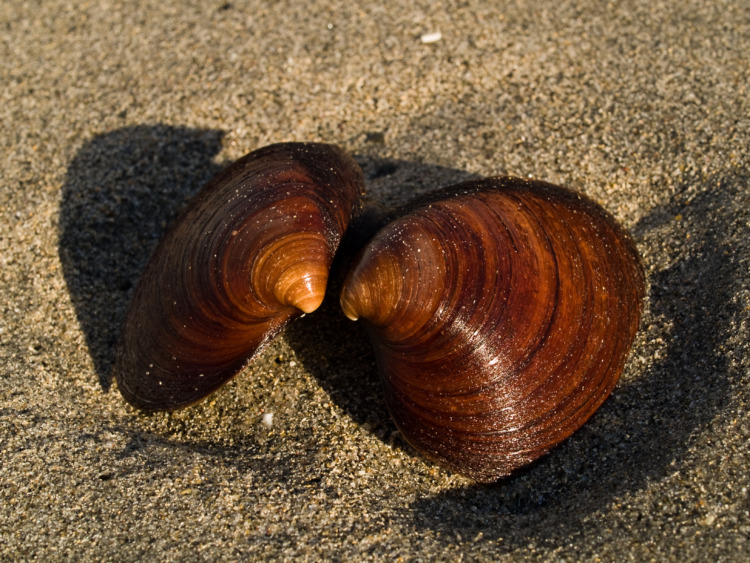
The ocean quahog clam is an animal of incredible longevity, capable of living longer than 500 years. In the dark depths below, scientists can use carbon-14 levels measured from their shells to determine age, like Ming, born in 1499!
This species’ remarkable resilience and ability to survive harsh conditions beneath the sea surface offers insight into how life works at such great depths as well as a reminder that nature creates some amazing things.
By examining this creature’s extended lifespan, we learn what allows them (and potentially other creatures) these tremendous lifespans. They also spark our curiosity for exploring more secrets hidden within deep ocean habitats around Earth.
10. Black coral: 4,000+ years old
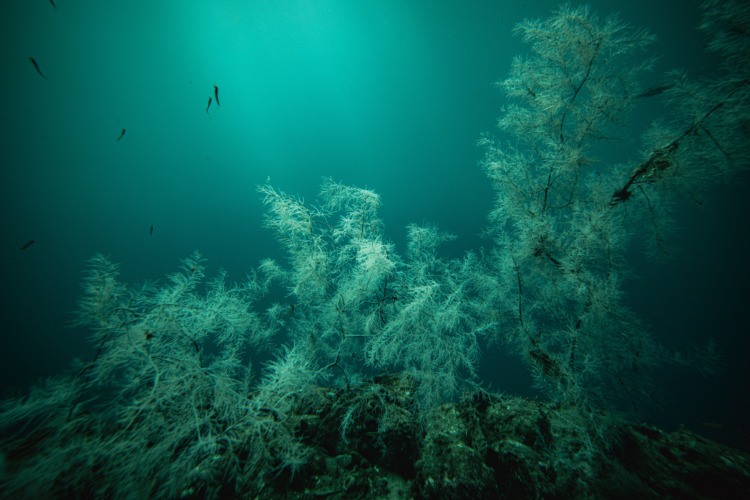
The deep ocean is home to some of the most mysterious and long-living organisms, such as black corals. This remarkable species, known as Leiopathes glaberrima can live for more than 4,000 years due to its continual regeneration and replacement of parts throughout its life.
As these amazing invertebrates are made up of several identical entities that don’t experience much disruption from humans, they have piqued interest among scientists for their unique biology to their longevity.
See Related: Impactful Ways to Conserve Coral Reefs
11. Glass sponge: 10,000+ years old

For thousands of years, glass sponges have existed in colonies as some of the oldest living creatures on Earth. Scientists estimate that the Monorhaphis chuni species is 11,000 years old, which proves how hardy and adaptable they are to live in deep ocean environments.
These remarkable organisms offer researchers incredible knowledge regarding life’s enigmas and natural wonders. Glass sponges carry a wealth of information, allowing us to delve into these ancient mysteries for centuries ahead.
12. Turritopsis dohrnii: potentially immortal

The Turritopsis dohrnii, or the immortal jellyfish, has a special ability to make itself live forever essentially. Found mainly in the Mediterranean Sea and measuring just 0.2 inches in diameter, it is a microscopic organism yet one with highly remarkable characteristics that have fascinated researchers all over the world.
It stands alone amongst living organisms for its capacity to reversion from the mature adult phase back into the immature polyp stage, thus resetting its life cycle endlessly – a trait that makes this species biologically immortal!
This unique feature speaks volumes about nature’s varied adaptability through millennia of existence on Earth. Indeed, even something so little can exhibit such amazing potential capabilities that many larger creatures could only dream of having!
13. Hydra: potentially immortal
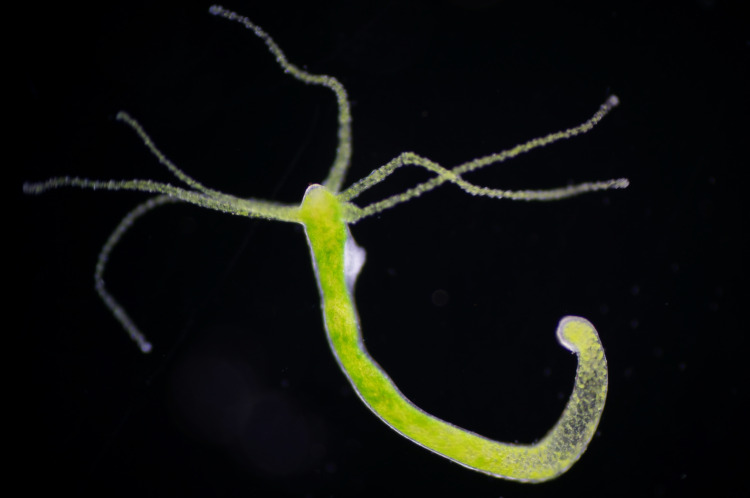
Hydras, small freshwater creatures with the potential to live indefinitely due to their regenerative qualities, have been discovered. In controlled laboratory situations, hydras were found able to persist for up to 1,400 years despite their diminutive size, an amazing feat!
The incredible biological composition of the hydra and its remarkable ability to continually re-create itself illustrates not just nature’s wonder but also reveals secrets about life that could be unlocked in Research into these extraordinary organisms. Offering insight into longevity and how resilient all living creatures are.
The animal kingdom is an extraordinary world filled with remarkable and long-living creatures, from ancient reptiles to immortal jellyfish. These animals enthrall us as we witness the unique adaptations that enable them to survive over time.
From these incredible species come precious secrets of endurance and adaptability, which can help unlock our potential for a longer lifespan and healthier future. It behooves us then to marvel at nature’s creations, take note of their lessons on resilience, and ultimately learn how such wisdom could be applied in our lives in the future.
Frequently Asked Questions
Which animal can live 1000 years?
The Antarctic sponge can live up to a thousand years, although its life expectancy could be lower. It is one of few creatures that have evolved in such cold waters and does so by slowing down metabolic processes, which elongates their lifespan significantly.
Which animal can live for 300 years?
The Greenland shark is an incredible example of adaptation and survival in extreme conditions. This vertebrate can live up to 500 years, making it the longest-living animal on Earth.
Found mainly in icy Arctic seas, this remarkable creature has demonstrated its potential for thriving over extended periods despite its hostile environment. It stands as a reminder that even seemingly impossible challenges may be overcome with resilience and perseverance, traits that are seen in the exceptional lifespan of the Greenland shark.
Which animal has the longest ever life span?
The bowhead whale is a large whale species that inhabits the Arctic and sub-Arctic waters. It has an extraordinary life expectancy of more than 200 years, making it one of nature’s longest-living creatures.
Not only is this amazing cetacean restricted to the northernmost ocean. Out of all its relatives in its family tree, the bowhead whale is exclusively found in these icy seas.
Which animal has the shortest lifespan?
On April 12, 2023, the mayfly population will reach its highest point, making it one of the most prolific insects. The short lifespan that these creatures experience is integral to their growth.
They must become adults as quickly as possible to complete the mature adult stage of their life cycle by reproducing. Most adult mayflies only live up to 24 hours, which means this day marks an abundance in numbers and creates a spectacle with large gatherings occurring all around us.
What is the longest-living reptile?
The Tuatara, found in New Zealand and believed to be the longest-living reptile on Earth, with some even reaching 200 years old, is an amazing species living land animal that dates back to dinosaur days. It’s the only member of its class (Sphenodontia) still existing today and stands out due to its unique physical features as well as behavior. This creature is legally protected by law within NZ’s boundaries, where it has resided naturally since long ago.
Related Resources
- Most Comfortable Animals in the World
- These Are the Strongest Animals in the World
- These Animals Have the Best Hearing in the World

